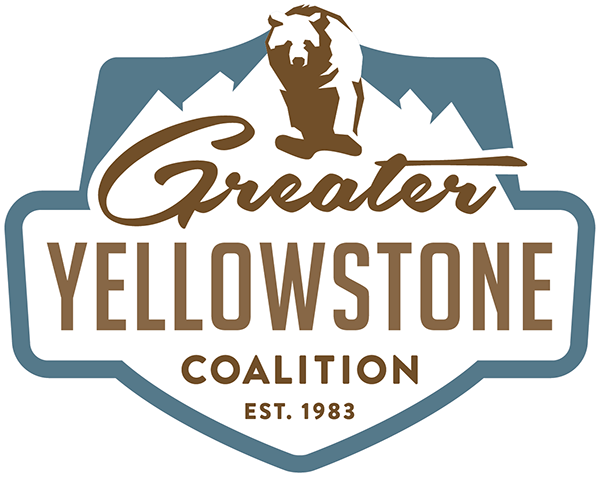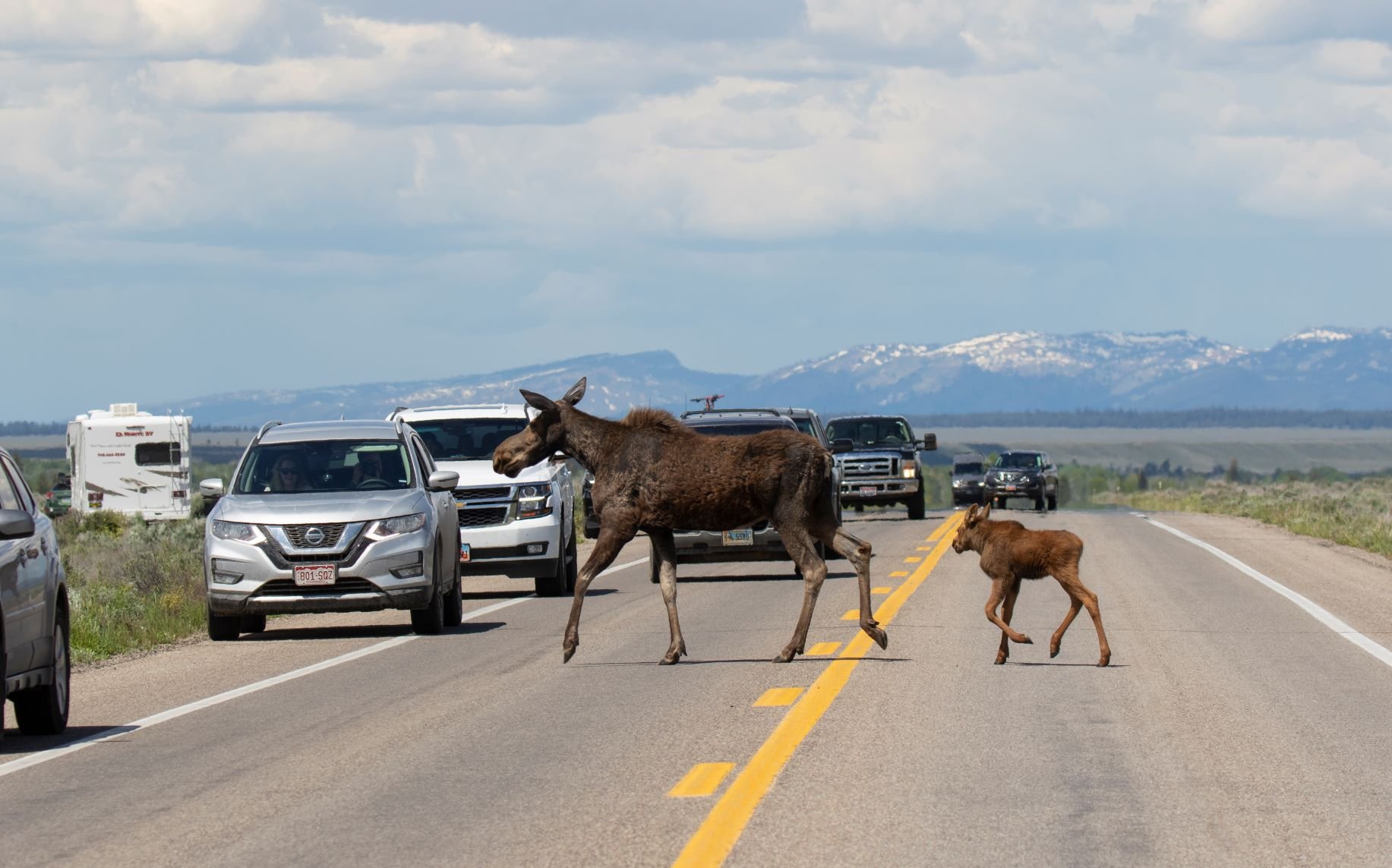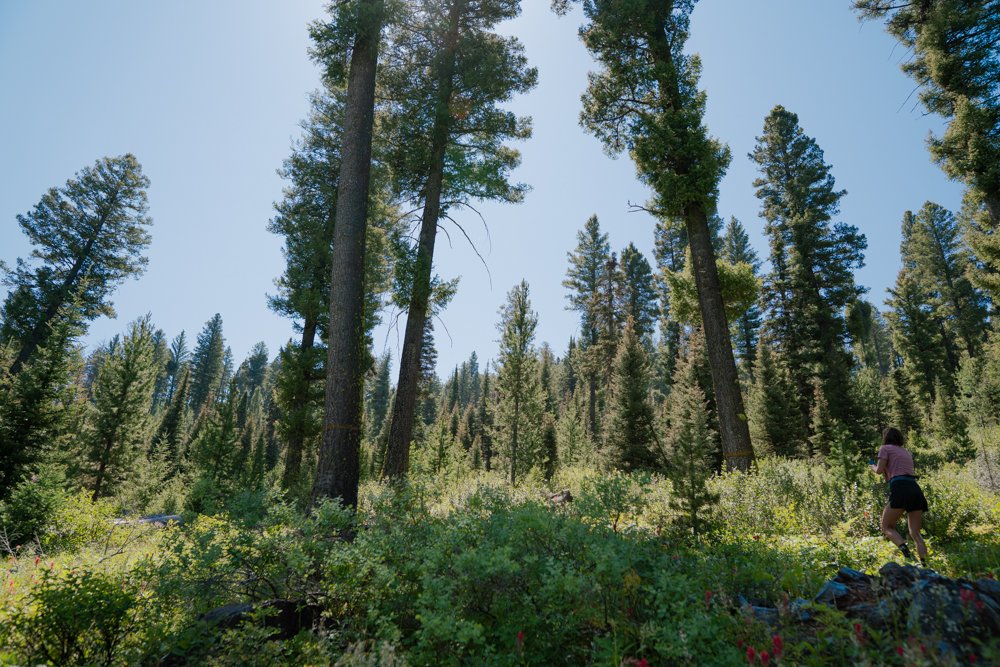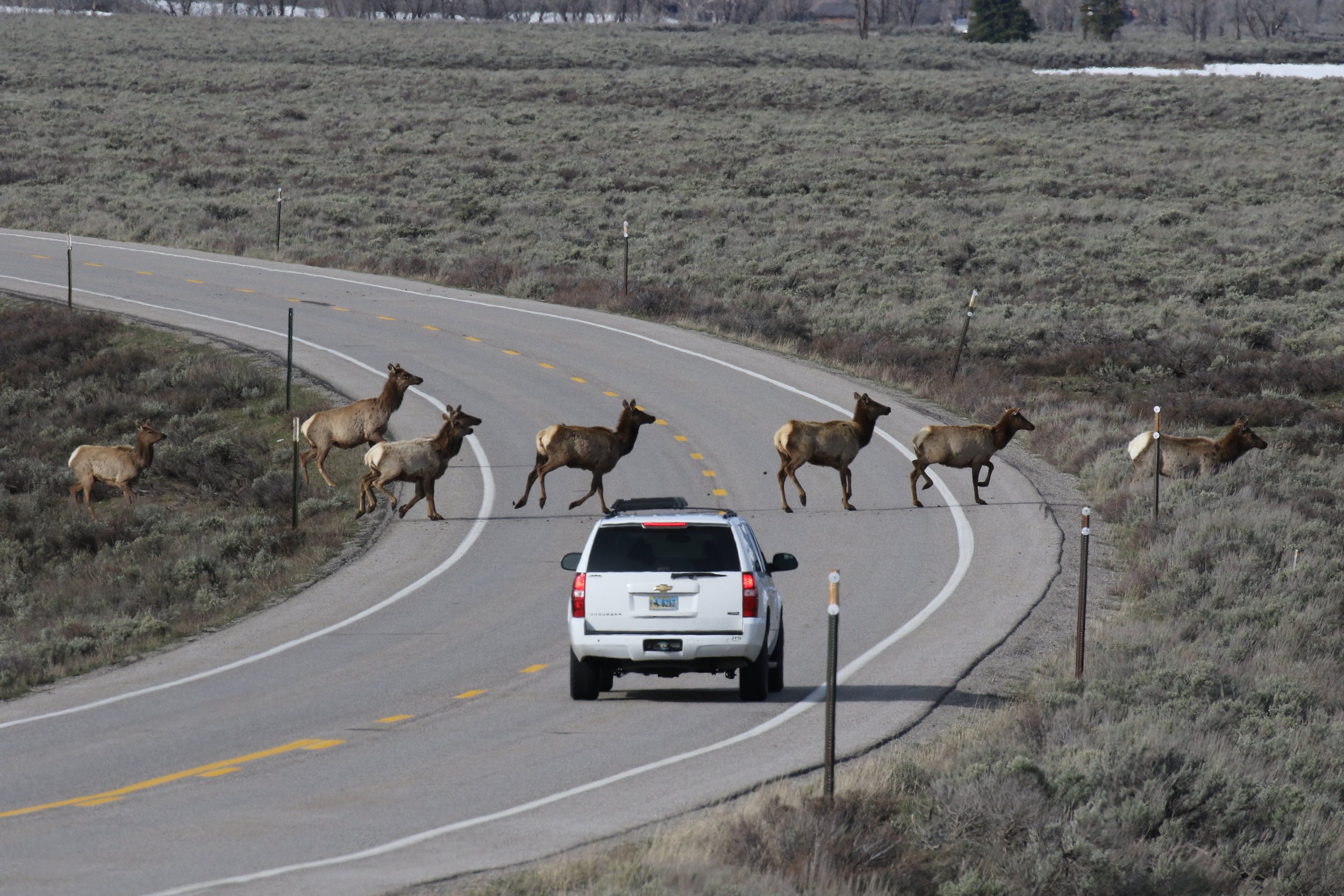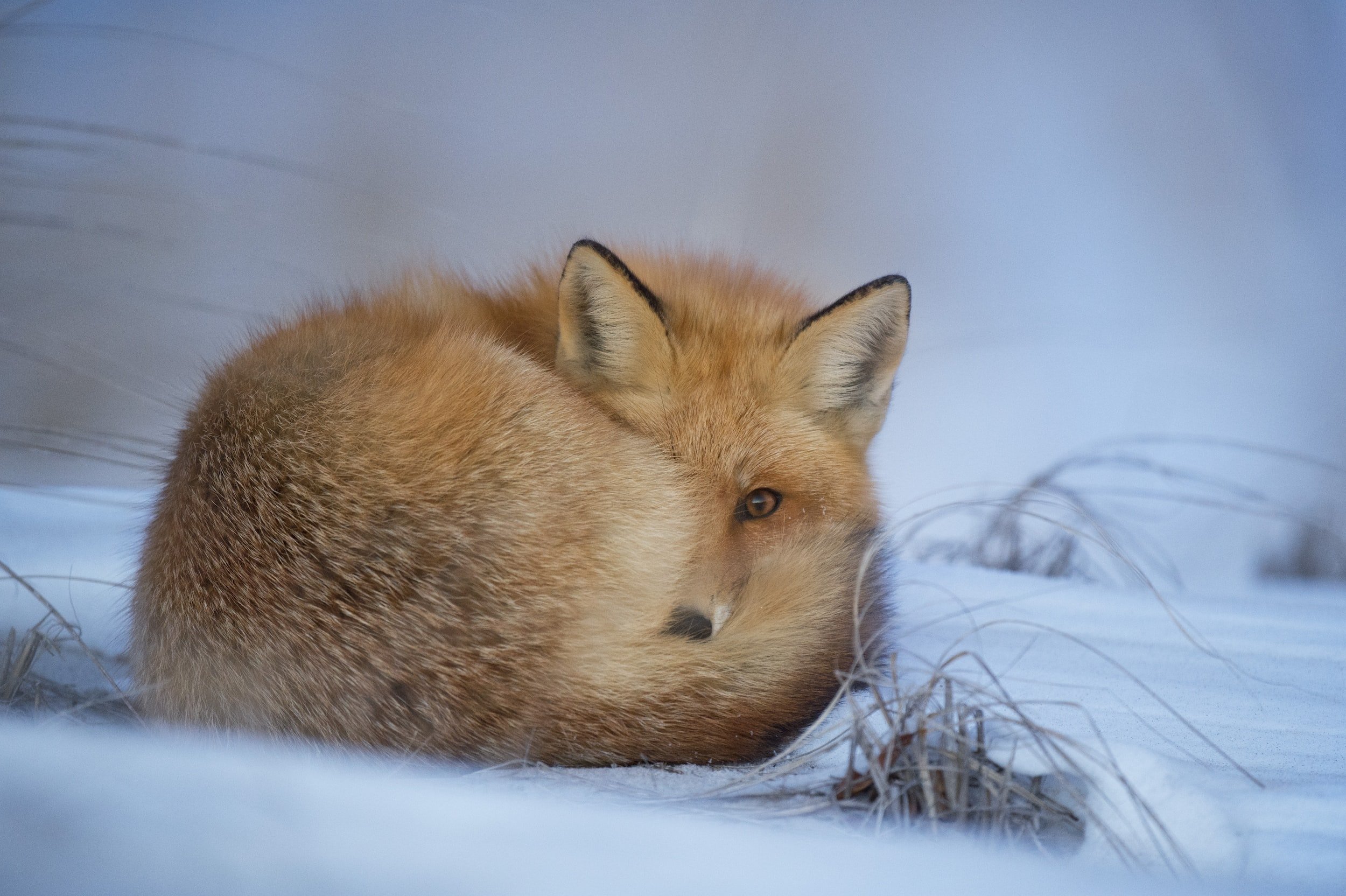Blog and Stories
Stories from the field: Finding eligible Wild & Scenic rivers in Wyoming, Part I
During the summer of 2020, GYC put field technicians in the Bridger-Teton National Forest to inventory rivers eligible for Wild and Scenic protection. These are their stories.
Funding in place for four crossings in Teton County, Wyoming
The Teton County Commission voted this week to put $3 million of Special Purpose Excise Tax (SPET) funds toward two wildlife crossings near the Snake River on Highway 22 outside of Jackson, Wyoming.
The Wonders of the Sand Creek Desert | Part I: The Past
The first installation of a three-part blog series on the Sand Creek Desert in Idaho.
Celebrating against destructive mining
As we all focus on staying healthy and safe with our loved ones, it’s important to remember the ecosystem, and the threats to it, continues to function. The Greater Yellowstone Coalition has been fighting inappropriate gold mines our entire existence. It’s in our DNA. GYC continues to work on new solutions to the persistent problems created by our nation’s antiquated laws that obligate hard rock mining as be “the highest and best use” of the land.
Federal court throws out Kilgore Project approval
A U.S. District Court in Boise, Idaho decided that an international mining company Excellon Resources Inc. cannot move forward with the Kilgore Project until the U.S. Forest Service issues a new decision.
Reflecting on 25 years of wolves in Yellowstone National Park
To celebrate the 25th anniversary of the Yellowstone wolf reintroduction, we had the opportunity to chat with Mike Phillips about that day in 1995 and the effect that wolves have had on the ecosystem as a whole. Mike Phillips has been a restoration ecologist since 1986 and led the historic effort to restore red wolves and served as the first leader of the Yellowstone wolf restoration project.
Next steps for safer roads in Teton County, Wyoming
For the past several years Greater Yellowstone Coalition staff based in Wyoming have been working hard with our partners to create safer roadways while at the same time promoting wildlife movement across the landscape. Among several wildlife crossings wins realized last year, this past November we celebrated a historic vote in Teton County by helping to lead the charge in building support for a $10 million wildlife crossing measure.
Studying Yellowstone's iconic wolves
Yellowstone’s wolf packs are iconic. Their reintroduction into the world’s first national park in 1995 is considered one of America’s best conservation success stories. Yellowstone National Park continues to be one of the best places in the world for studying wild wolves. I had the wonderful opportunity to learn about wolves and their behavior with our friend, Yellowstone Wolf Project Research Associate Kira Cassidy.
Success and momentum for wildlife crossings
2019 was a big year for wildlife crossings. The Greater Yellowstone Coalition has long been working to increase roadway safety by providing funding and building support for wildlife crossing projects. We are happy to report that this past year several successes were achieved helping to build momentum for wildlife crossing projects around the ecosystem.
SUCCESS! Idaho judge orders deeper analysis of cyanide mining impacts at Kilgore site
Today, Judge Winmill ruled that the U.S. Forest Service must conduct further research before allowing toxic cyanide gold mining near Kilgore, Idaho, just west of Yellowstone National Park. This order temporarily halts a proposed open-pit, cyanide, heap-leach gold mine being explored by foreign mining company, Otis Gold.
GYC provides $100K for Wyoming wildlife crossing project
The Greater Yellowstone Coalition, with support from the Volgenau Foundation, has donated $100,000 to the Wyoming Department of Transportation (WYDOT) for a wildlife crossing project north of La Barge in southwest Wyoming.
This funding will be used for the Dry Piney wildlife crossing project. The project calls for installing underpasses, fencing, and related improvements along a 28-mile stretch of US 189 between La Barge and Big Piney, Wyoming.
Buffalo Treaty demonstrates collaboration for bison conservation
The Buffalo Treaty was developed and first signed in 2014 to recognize and elevate the cultural importance of bison to Native American people and create an intertribal alliance to restore bison to 6.3 million acres of tribal and appropriate non-tribal lands between the United States and Canada.
